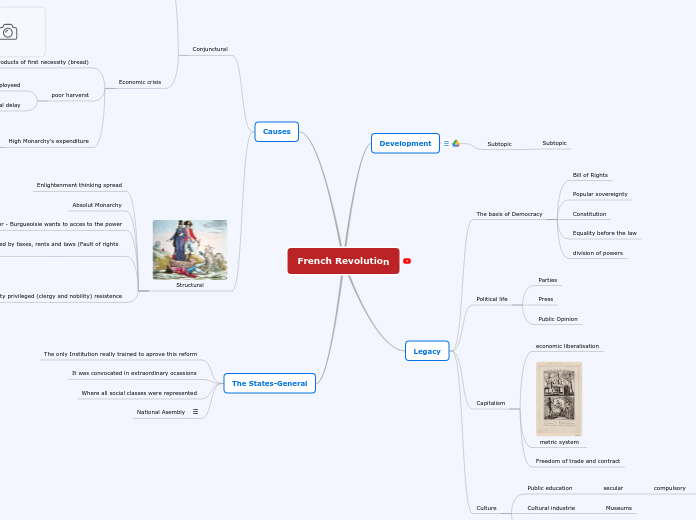Modern Era
Consequences of Industrialization
Migration
White Australia Policy
Chinese Exclusion Act
Cultures and traditions
started to blend together
Italians in North and South America
Irish in North America
Indians in East and Southern Africa, and Southeast Asis
Chinese in Southeast Asia, the Caribbean, South America, and North America
Ethnic enclaves formed
Women took on more roles in society as men migrated for work
Relocated to the U.S., South America, and parts of Europe
Political instability and unrest
Japanese, Lebanese, Italians
Economic opportunities and freedoms
Japanese workers, Lebanese merchants
Decline in agriculture dependent economies
Japanese workers
Economy
Imperialism
Commodities made in other countries benefited Europe and other industrialized countries more than the country they were produced in
Opium in Middle East and South Asia
Cotton from South Asia and Egypt
Oil from the Middle East
Copper from Chile
Palm Oil from Sub-Saharan Africa
More developed countries had economic influence over less developed countries
Global Development
Gold, silver, copper, and diamond were sought after and created a global industry
Industrialized nations sought raw materials from South America and other less developed countries
Global trade expanded
State Expansion
Shifts from non-state control to state control in India, Indonesia, and Congo
Settler colonies
The British, French, Dutch,
and Spanish expanded into Africa
Social Darwinism
Nationalism
"Civilizing mission"
Desire to religiously convert populations
Indigenous Responses
New States
Independent states in the Balkans
Sokoto Caliphate in Nigeria
Cherokee Nation
Zulu Kingdom
Rebellions occurred in West Africa, Peru, India, U.S., and Sudan
Revolutions
Society
Working Class
Needed little skills and
was the largest social class
Poor working and living conditions
Worked in industrial factories and coal mines
Middle Class
Was no longer at the
bottom of society
Paid
fairly
well
Worked on farms
or as artisans
Atlantic Revolutions
Haitian Revolution
Mexican Revolution
Brazilian Independence
The Declaration of the Rights
of Man and Citizen in the
French Revolution
Declaration of
Independence
from the British
colonies
Economic Changes
Karl Marx argued for socialism
Political, social, educational,
and urban reforms
Banks, the stock market, and limited-liability corporations helped expand business opportunities
Consumerism and a higher standard of living developed in the working and middle classes
Transnational businesses such as HSBC Banks and Unilever
Free markets
Laissez-faire
capitalism
Industrial Revolution
Government's Roles
Reforms depended on the type of government a country had
Reformed Egypt's economy
Russia forced industrialization
to catch up to the western countries
Japan was no longer so isolated
Transportation and
Communication
Railroads
Steamships
Telegraph
Production
Steel
Chemicals
Electricity
Precision Machinery
Fossil Fuel Revolution
was important
Effects
Textile industry flourished
in India but severely
damaged Egypt's
Causes
Urbanization
Improved agricultural productivity
Access to waterways
Coal, iron, and timber
Access to foreign resources
Accumulation of Capital
The Enlightenment
Feminism
Seneca Falls Conference
Women's right to vote and
holding equal power in
politics and the economy
Olympe de Gouge
Declaration of the Rights of
Woman and of the Female
Citizen
Covered an array of rights
women should have
Mary Wollstonecraft
Women should receive the
same education as men
Ended Serfdom
Human rights movements
Advancements in the economy
Slavery was abolished
across many countries
Occurred mostly because
industrialization decreased
the amount of slave labor needed
Suffrage was expanded
Montesquieu
Hobbes
Locke
Jacques-Rousseau
Voltaire
Provided the roots for the
Atlantic Revolutions
Nationalism
Brought on many revolutions
during this time period









